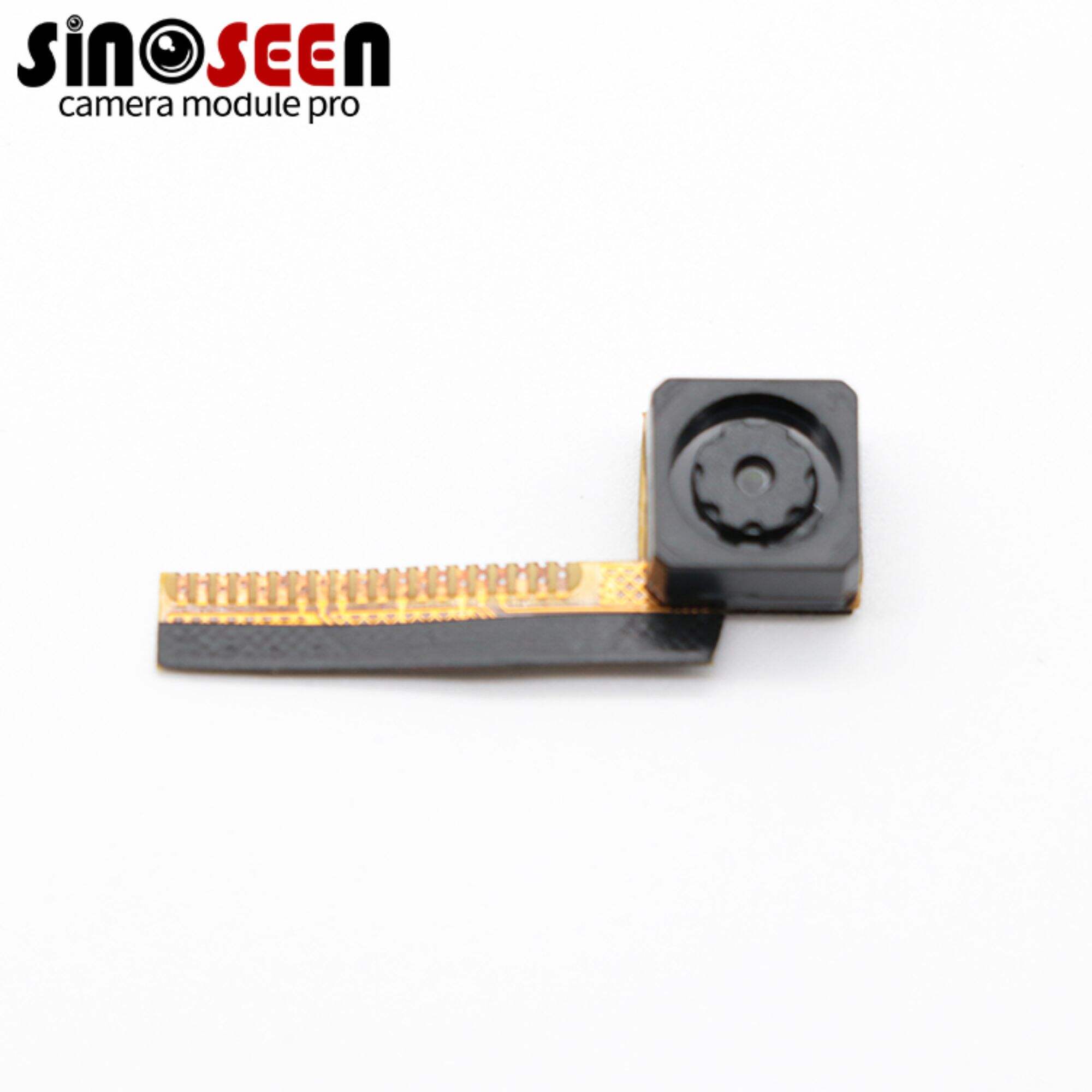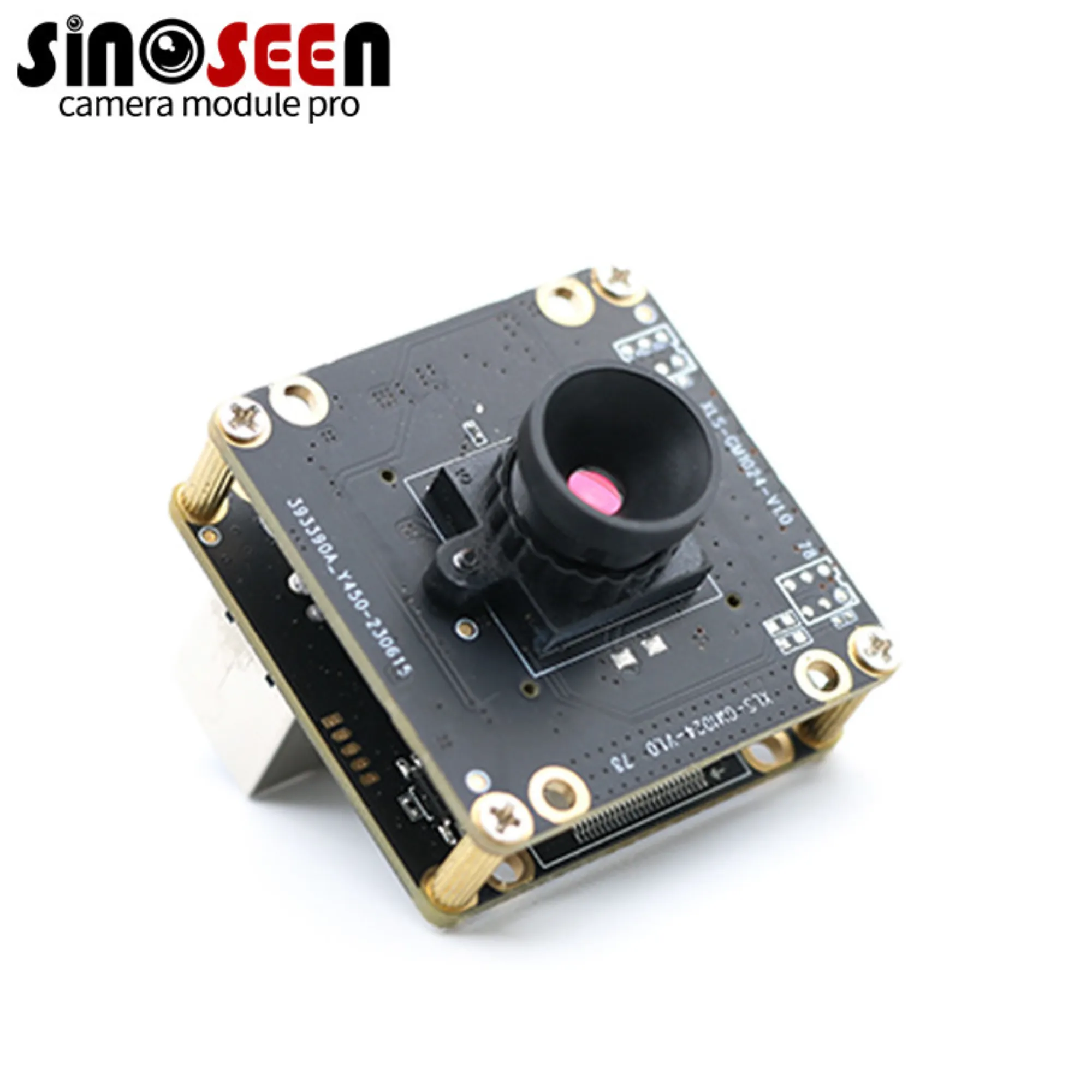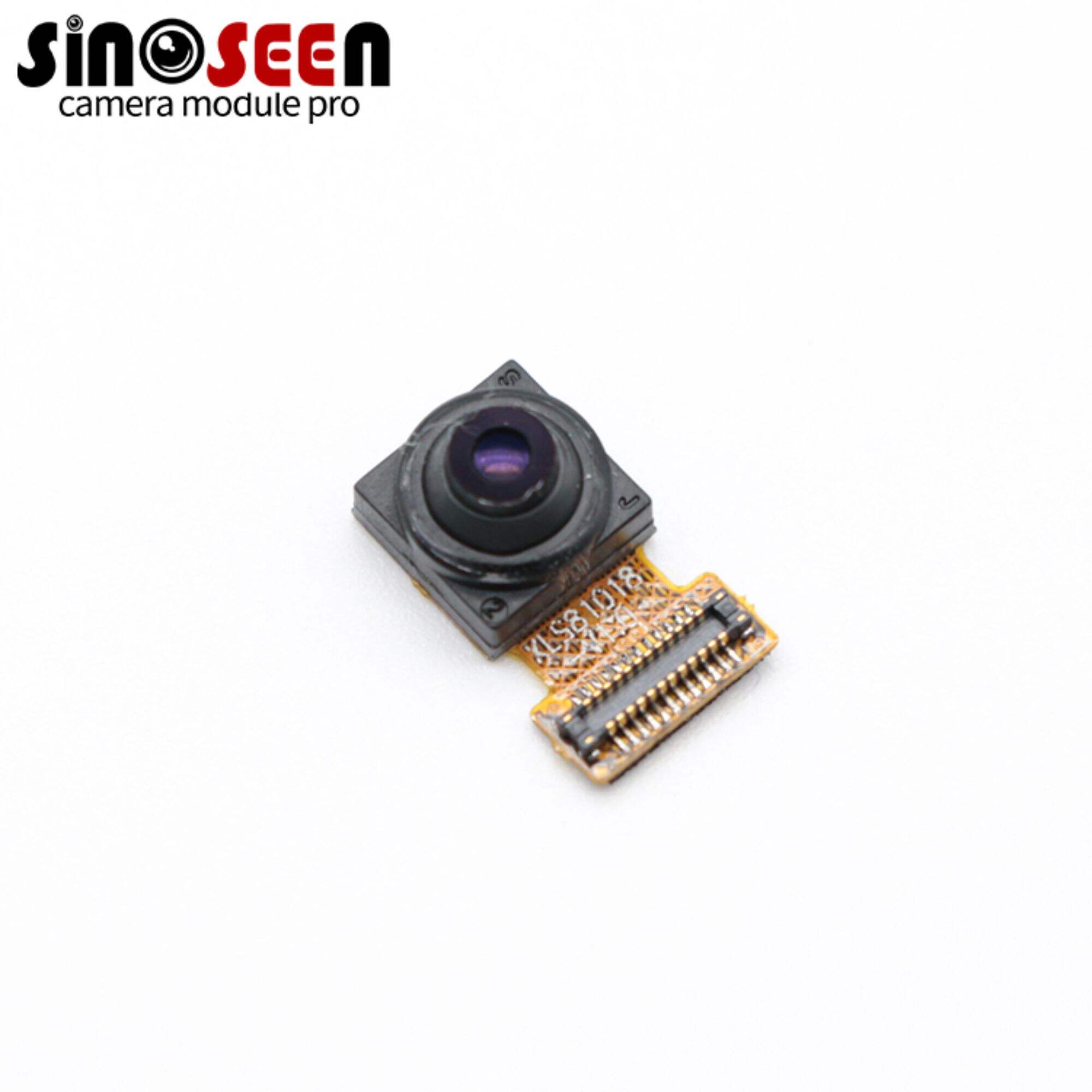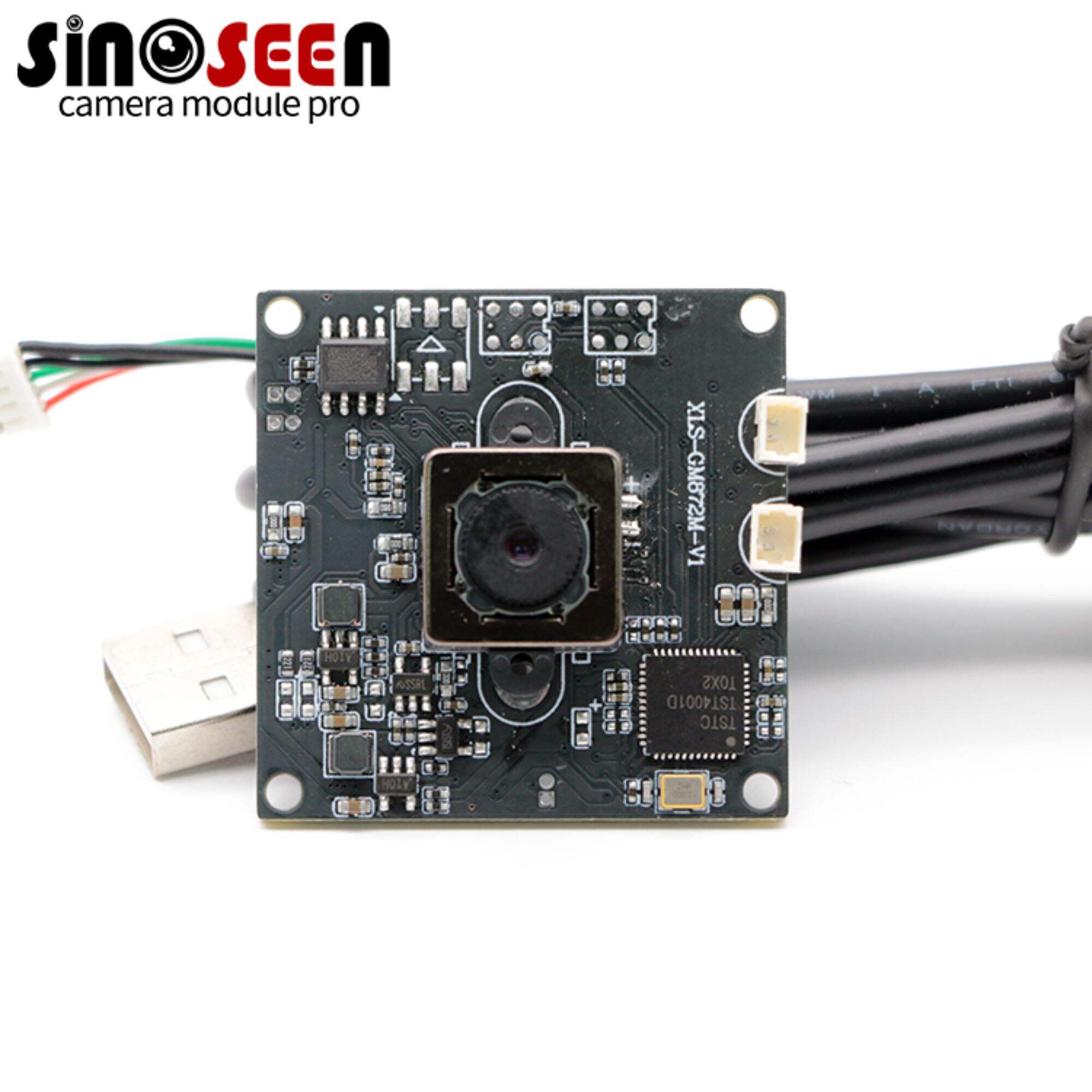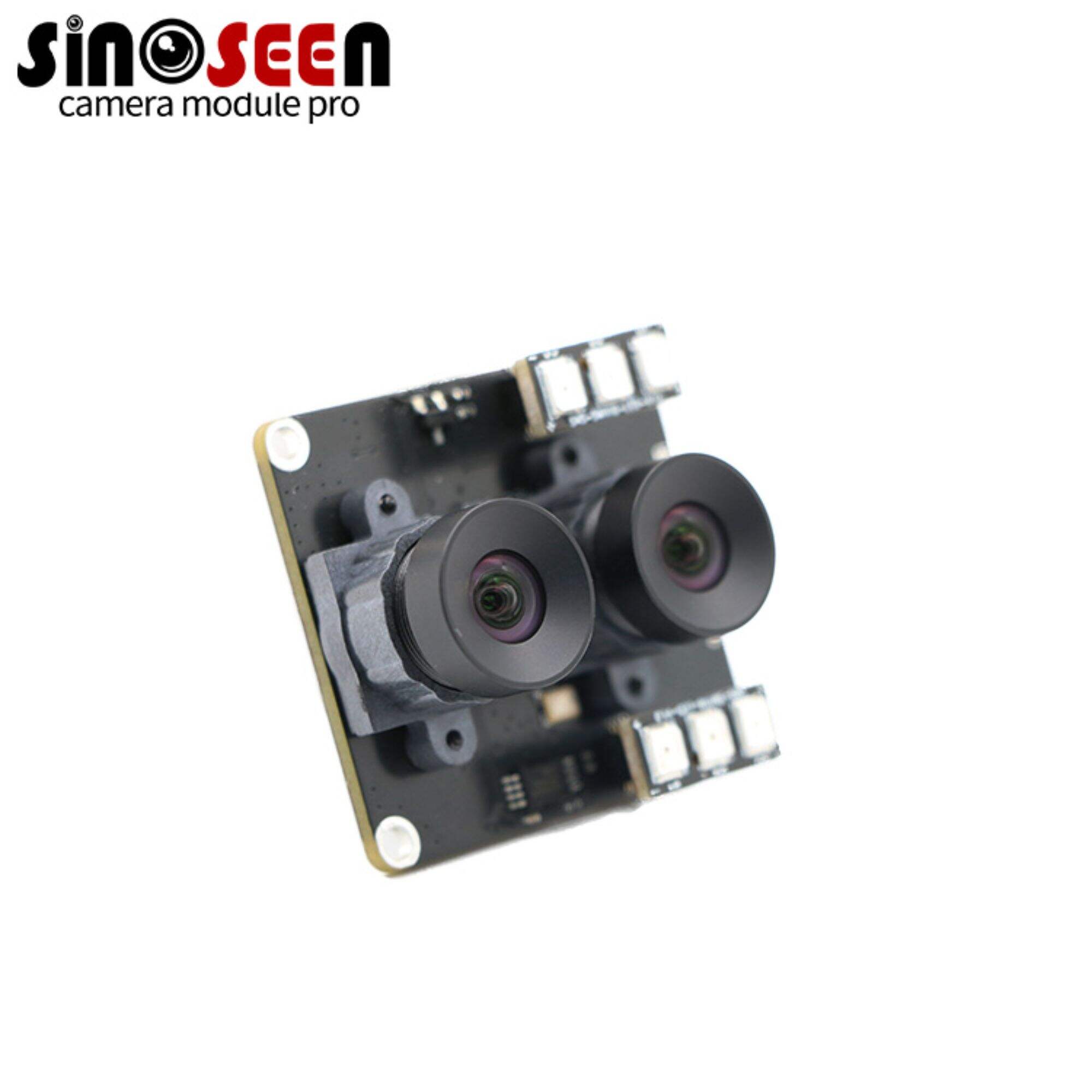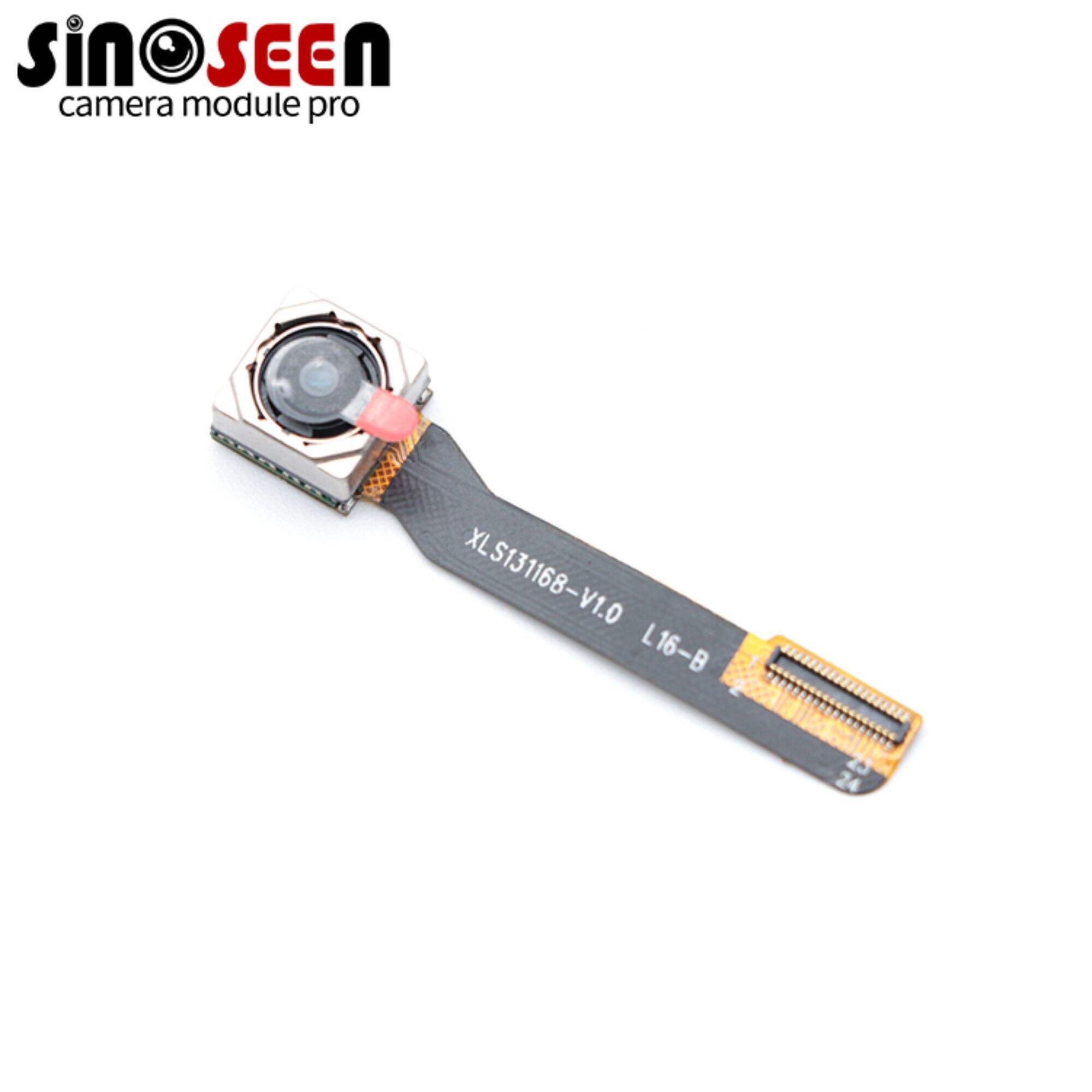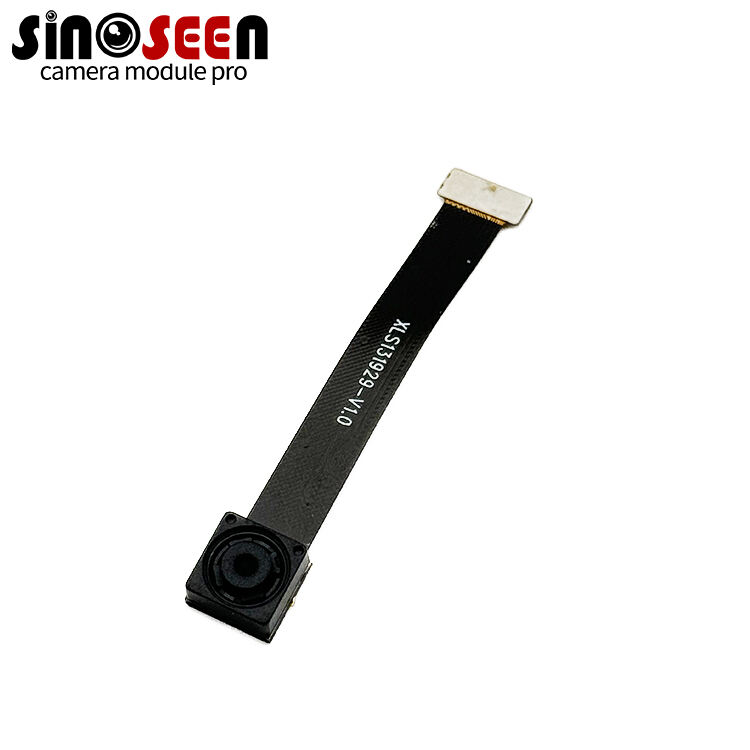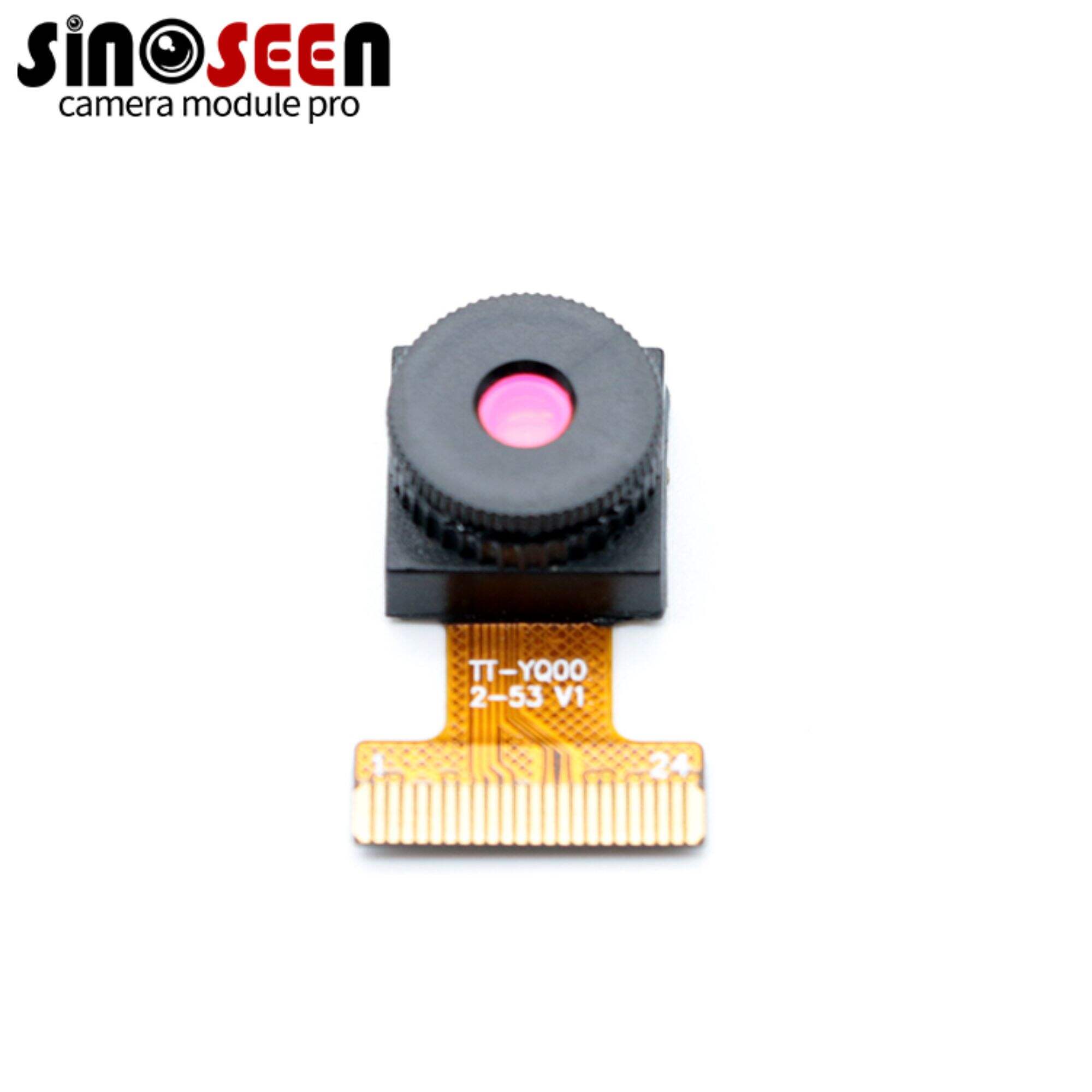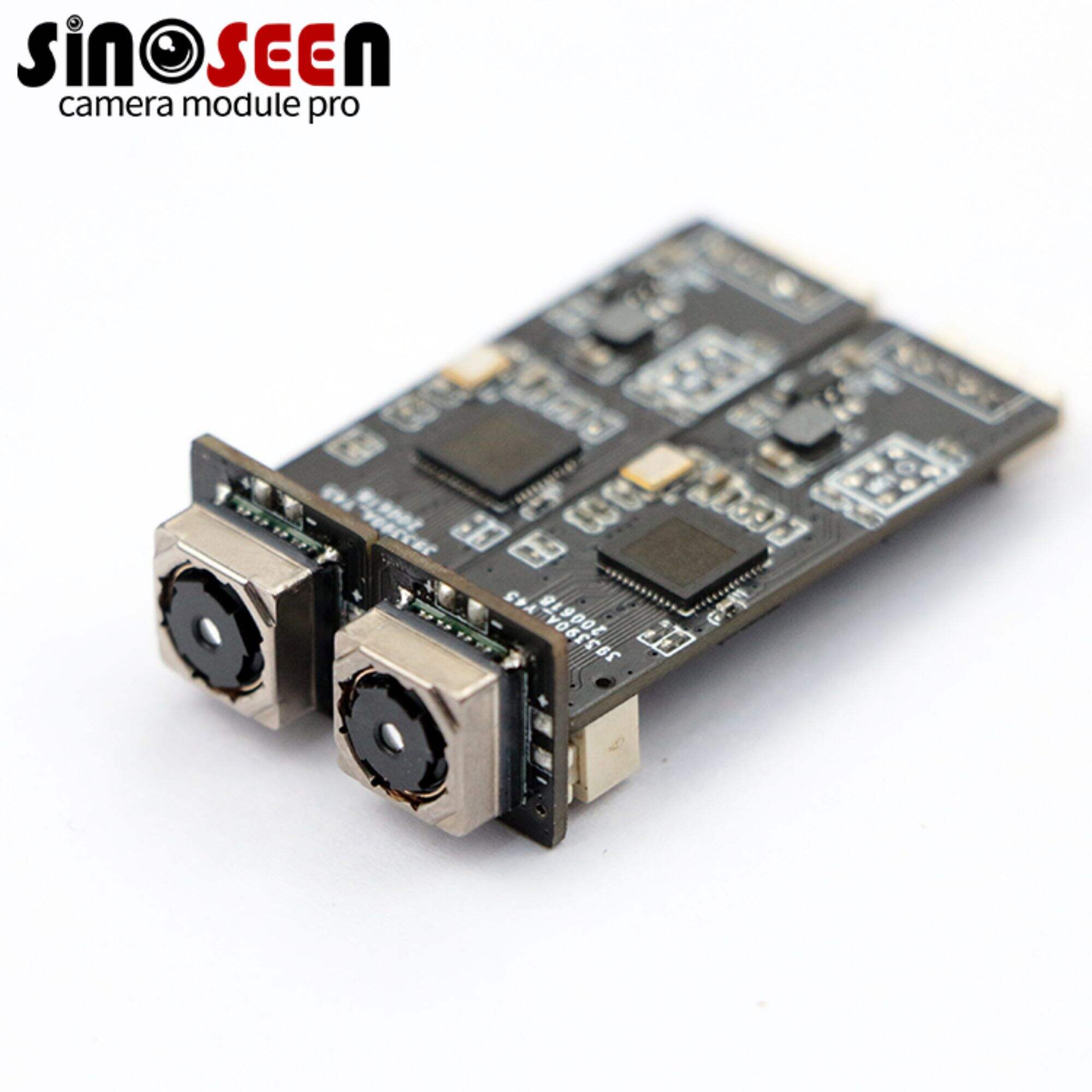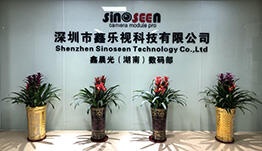Micro Camera Modules: Small Size, Big lmpact in Modern Technology
Defining Micro Camera Modules and Their Core Advantages
Miniaturization Breakthroughs in Imaging Technology
Recent advancements in semiconductor technology have revolutionized the imaging landscape, leading to the development of micro camera modules that are smaller and more efficient than ever before. Such technological progress has resulted in compact devices like the OV2640 camera module, which perfectly exemplifies these breakthroughs. The OV2640 is widely used in security and surveillance due to its compact form and high performance. According to industry statistics, the demand for micro camera modules is soaring, with predictions of sustained growth driven by innovations in miniaturization. Additionally, materials science plays a crucial role by enabling the reduction of component sizes without compromising on quality or resolution, paving the way for continued advancement in small, powerful camera technology.
Low Power Consumption & High-Resolution Capabilities
The combination of low power consumption and high-resolution capabilities is a game-changer for portable devices relying on micro camera modules. These modules have notably improved energy efficiency, allowing for prolonged use in devices such as smartphones, drones, and medical equipment. For instance, the latest data indicates that modern micro camera modules consume up to 50% less power compared to their predecessors, as reported by reputable industry sources. This efficiency enhances the usability and convenience of devices deployed in various fields, including security patrols where night vision camera modules are essential. By reducing energy demands without sacrificing resolution or clarity, micro camera modules ensure that users can rely on high-performance imaging systems in everyday applications.
Key Applications of Micro Camera Modules in IoT and Medical Devices
Smart Surveillance Systems and Face Recognition
Micro camera modules are revolutionizing modern security systems through their integration into smart surveillance and face recognition technologies. These small camera modules offer high-resolution imaging in compact sizes, making them ideal for discreet yet potent security setups. According to a report by MarketsandMarkets, the facial recognition market is expected to grow to $7 billion by 2024 due to advancements in these technologies, which enhance security efficiency. However, the increased use of micro camera modules also raises potential challenges regarding privacy and data security, necessitating careful consideration of ethical standards and regulations to protect individual rights.
Endoscopic Imaging for Minimally Invasive Surgery
Micro camera modules are transforming surgical practices by enabling minimally invasive procedures through endoscopic imaging. These mini camera modules provide surgeons with enhanced visibility and precision, resulting in safer surgeries and faster recovery times. For instance, OMNIVISION's miniature camera modules, with their Guinness World Record for the smallest commercial image sensor, have been pivotal in medical procedures, improving patient outcomes and reducing hospital costs. Statistics from a study by the National Library of Medicine indicate that minimally invasive surgeries decrease patients' hospital stays by 30%, posing a significant improvement over traditional open surgeries, which carry higher risks and longer recovery periods.
AR/VR Integration and Machine Vision Solutions
Enhanced experiences in augmented and virtual reality environments are made possible by micro camera modules. These sophisticated modules are essential in tracking and overlaying digital content in AR/VR applications, providing seamless and immersive user experiences. Case studies, such as those from Oculus and HoloLens, illustrate how these technologies have been successfully integrated, pushing the boundaries of gaming and education. Furthermore, machine vision solutions employing night vision camera modules for security patrols are transforming industries like manufacturing and logistics by increasing efficiency and reducing human error. These advancements underscore the pivotal role of micro camera modules in next-generation technological solutions.
Technological Innovations Driving Micro Camera Module Performance
Advanced Sensor Designs: From AR0230 to HM2131
The evolution of micro camera modules has been significantly shaped by advanced sensor designs such as the AR0230 and HM2131. These innovations offer greater technical advantages over their predecessors, leading to enhanced image resolution, better low-light performance, and faster processing speeds. For instance, the AR0230 sensor employs a 3.0-micron pixel architecture, allowing it to deliver superior image quality even in challenging lighting conditions. On the other hand, the HM2131 sensor is known for its efficient integration in various applications due to its compact and energy-efficient design. Together, these sensors cater to different application needs, from automotive safety systems to smart devices, by providing flexibility and reliability in diverse environments.
High Dynamic Range (HDR) and Night Vision Capabilities
High Dynamic Range (HDR) imaging technology has become a cornerstone in enhancing the performance of micro camera modules, especially when capturing detailed images in varied lighting conditions. HDR allows for a much broader range of luminance between the darkest and brightest parts of an image, thereby improving image clarity and detail. This capability is critical for industries like automotive and security, where accurate image capture is essential. In addition, advancements in night vision capabilities are increasingly significant, particularly in security patrols and surveillance. By incorporating advanced algorithms and sensor technologies, night vision camera modules can now offer clearer and more detailed images in near-total darkness, as noted by experts in the security industry. These technological enhancements not only heighten the efficacy of security systems but also broaden the potential applications in industries heavily reliant on low-light imaging, such as medical diagnostics and autonomous vehicles.
Industry-Leading Micro Camera Module Solutions
HD Face Recognition Camera Module with AR0230 Sensor
The HD Face Recognition Camera Module featuring the AR0230 sensor is designed to offer exceptional performance in recognizing facial features. With a 2MP resolution and a compact size, it caters to applications requiring precise facial recognition, such as security systems and access control. Users commend its accuracy and speedy recognition, highlighting its efficiency in practical scenarios. The sensor's high dynamic range ensures clear image capture even under varying lighting conditions, enhancing its functionality in diverse settings.
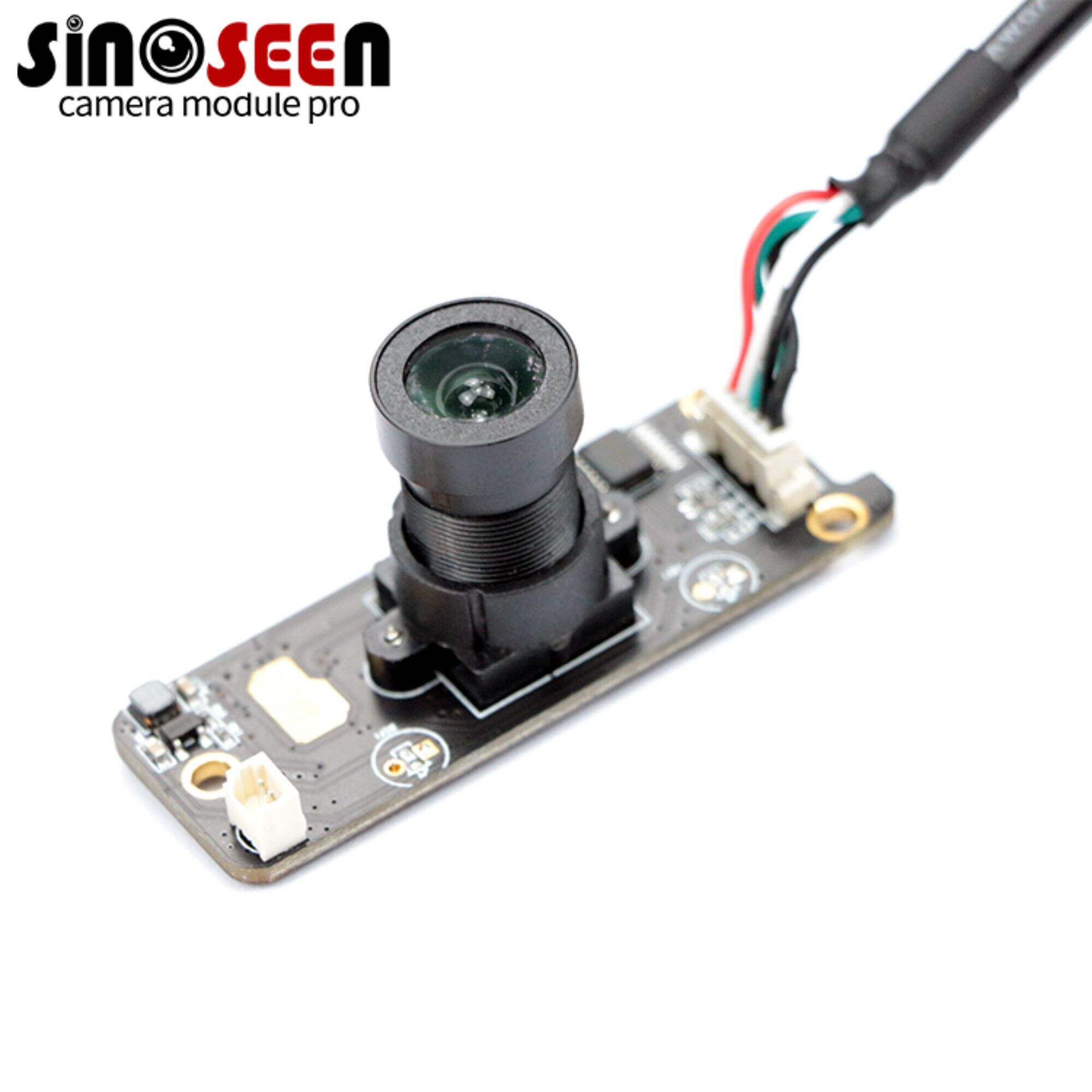
Full HD USB 2.0 Camera Module Featuring HM2131 Chip
The Full HD USB 2.0 Camera Module equipped with the HM2131 chip exemplifies advanced image technology for applications like video conferencing and streaming. Its 2MP resolution, combined with a 5P lens, ensures superior image quality, making it ideal for professional setups. The plug-and-play USB interface enhances compatibility with existing systems, easing integration. Statistics reveal a substantial enhancement in user experience, notably in educational and corporate communications, due to its reliable performance and high-definition output.
Future Trends in Compact Imaging Technology
AI-Driven Autofocus and Thermal Management Developments
Emerging trends in AI-driven autofocus systems are revolutionizing the operation of micro camera modules. These systems enhance the speed and precision of focus, allowing devices to capture high-quality images effortlessly. According to industry forecasts, the camera module market, driven by AI advancements, is expected to witness significant growth. For example, the compound annual growth rate is projected at 5.5% from 2024 to 2028. This trend is crucial as the autofocus capabilities enable devices to work efficiently in dynamic environments and capture clearer images, assisting applications such as autonomous vehicles and smart surveillance.
Moreover, effective thermal management technologies are playing a pivotal role in ensuring the reliability of camera modules. As modules perform increasingly complex tasks, maintaining an optimal temperature becomes essential to prevent overheating and hardware damage. Innovations in thermal solutions allow for sustained performance even during prolonged usage. This is particularly important in applications like night vision camera modules for security patrols, where reliability under various conditions is non-negotiable. Implementing advanced thermal management ensures that devices deliver consistent performance, thus enhancing user trust in the technology.

 EN
EN
 AR
AR
 DA
DA
 NL
NL
 FI
FI
 FR
FR
 DE
DE
 EL
EL
 HI
HI
 IT
IT
 JA
JA
 KO
KO
 NO
NO
 PL
PL
 PT
PT
 RO
RO
 RU
RU
 ES
ES
 SV
SV
 TL
TL
 IW
IW
 ID
ID
 SR
SR
 VI
VI
 HU
HU
 TH
TH
 TR
TR
 FA
FA
 MS
MS
 IS
IS
 AZ
AZ
 UR
UR
 BN
BN
 HA
HA
 LO
LO
 MR
MR
 MN
MN
 PA
PA
 MY
MY
 SD
SD

